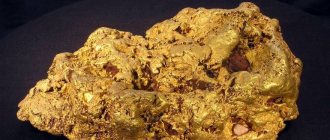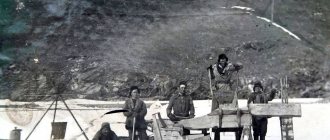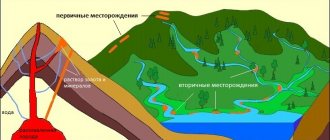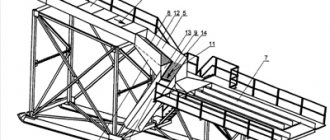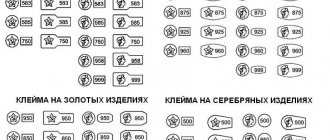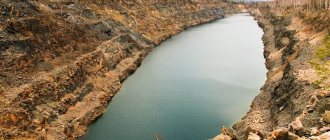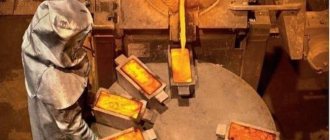History of gold mining in Kazakhstan: from Chud mines to modern deposits
Gold is one of the oldest metals known to mankind. In nature, it is found in a state free from impurities (in the form of nuggets and gold particles of various sizes), and people began to mine this metal from time immemorial. Due to its natural properties - softness, ductility and bright shine - gold was of little use for the production of tools and household items. They began to make jewelry and luxury items from it, emphasizing the social status of the owner. Many peoples of the world used this rare metal as an equivalent of money.
Gold began to be mined on an industrial scale back in the 4th millennium BC in ancient Mesopotamia and Egypt. On the territory of our country, the first gold mining dates back to the 3rd millennium BC. They were small burrows (the simplest pit-shaped mine workings - editor's note) and pits with dumps up to 20 meters deep. Ancient miners used primitive stone hammers, wedges, horn and bone picks to work, crushing ore and washing it in water. Traces of such developments are often found in Siberia, Northern Kazakhstan, Altai and the Urals. They are conventionally called Chud mines (from the name of the semi-mythical ancient people - Chud). Many large mineral deposits were discovered on the sites of the Chud mines. In the 19th and 20th centuries, geologists often focused their searches on traces of ancient developments. In Kazakhstan, on the site of the Chud mines, the Bestobe, Aksu, and Zholymbet deposits were discovered.
Saki gold items
Photo: unikaz.asia
At a later time, the Saka tribes mastered the art of making elegant gold jewelry in animal style. Research has shown that most of these items were made from local metal mined in East and South-East Kazakhstan. The real gold rush in Kazakhstan began at the turn of the 18th–19th centuries. Prospectors from all over the Russian Empire flocked to Siberia and Rudny Altai in search of precious metals. They fenced themselves small areas on the banks of rivers and washed gold from the sand. Later, the largest mines became the property of the royal family. Professional geologists and famous Russian researchers began studying deposits and compiling ore maps of the region.
— In the Burabay region, between lakes Bolshoye and Maloye Chebachye, there were about 20 mines. Mining alluvial gold in rivers does not require large reserves: the industrial content, even today, is considered to be 70–100 mg per cubic meter. For comparison, at our mine we produce 800–900 mg per tonne in oxidized ores.
Prospectors of the 30s
After the revolution, gold mining enterprises were declared state property and reorganized into trusts - enterprises controlled by the authorities, but with the opportunity to independently sell the results of production and make a profit. In the late 20s and early 30s, large-scale exploration work began in Kazakhstan to find new deposits. After the discovery of gold ores in the northern regions of the country in 1932, the Kazzoloto trust was created, which had a significant impact on the development of gold mining in the country. The company began work from one deposit - Stepnyak; during its heyday in the 70-80s, it mined up to 6-7 tons of gold per year. Kazzoloto explored and exploited more than 20 deposits in 8 regions of Kazakhstan, but the main volume of production came from three large mines in the Akmola region: Bestobe, Aksu, Zholymbet. Over 85 years of history, the company has produced more than 400 tons of gold.
What has a more detrimental effect on nature – quarries or mines?
The open-pit method of gold mining changes the natural landscape: huge craters remain, and mountains of waste rock grow near them. Due to the disruption of the natural landscape, the creation of rock dumps, ore warehouses and access roads, wild animals are forced to change their paths, places for food and life. Noise pressure during drilling and blasting operations with the participation of mining and motor transport equipment - all this causes disturbance to the fauna and leads to the migration of populations of forest and steppe animals, which previously could live in these places for many years.

Closed deposit development requires significantly less land acquisition. But in the case of mines, another problem arises - artificially created voids in the bowels of the earth. If the deposits are not strengthened, the surface of the earth may crack over time and then collapse. In modern mines, the mined-out space of adits is filled with cement and mined-out rock - this is called goaf filling. But cement dust is released into the atmosphere from concrete-filling complexes. But still, the waste rock stored on surface dumps has the most negative impact on the ecological situation.
Why do Kazakhstan and other modern states need gold?
Throughout history, precious metals—gold and silver—have been used as money. Metal coins were in circulation in all civilized countries, regardless of the place of minting. Later, when paper money, which was more convenient to circulate and circulate, replaced coins, a gold standard appeared. Any owner of a banknote could exchange it at a bank for a certain amount of gold. The gold content of this denomination was most often written on banknotes from different countries.
Storage of gold bars of the Central Bank of Russia
This system lasted until the 1930s, when, due to economic difficulties, most countries suspended the conversion of paper money into gold. At the end of World War II, the Bretton Woods system emerged: the currencies of most European countries were pegged to the US dollar, and the dollar was backed by gold - $35 per ounce (approximately 31.1 grams). In 1971, due to the large number of dollars issued, the United States refused to exchange its currency for gold. Although today gold has lost its role as the main unit of exchange rate calculation, it has retained its influence on the global economy and financial system.
Nowadays, the country's gold reserves are an important part of the gold and foreign exchange reserves, helping to ensure the stability of the economy. As of September 2018, the portfolio of the National Bank of Kazakhstan contains 333 tons
gold (estimated at
12.8 billion ). In recent years, Kazakhstan has become one of the most active buyers of gold in the world. Most of this metal mined in our country ends up in the storage facilities of the National Bank. The gold reserve is an anti-crisis measure that helps adjust the exchange rate, and an insurance asset of the state. In times of crisis, gold can be used as a means of payment in the international market. Large gold reserves make the state's economy more independent.
What happens to spent quarries and mines?

When a mined-out quarry is abandoned, a large rampart of waste rock is made along its edges to prevent cars or animals from accidentally falling off the cliff.
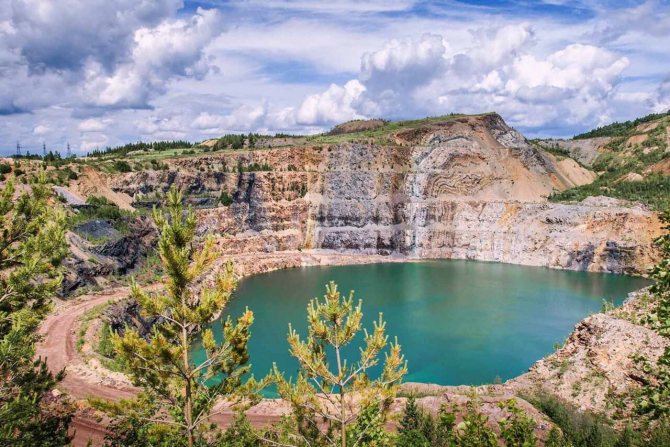
According to the rules, waste rocks stored in dumps, which can create dust, must be covered with a fertile layer of soil and planted with vegetation.
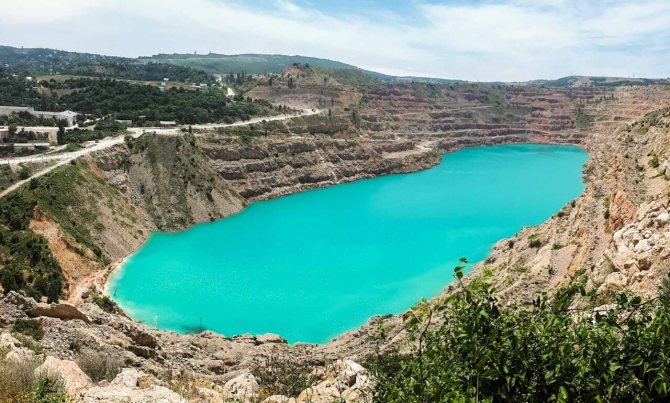
Some quarries eventually fill with water and turn into reservoirs.
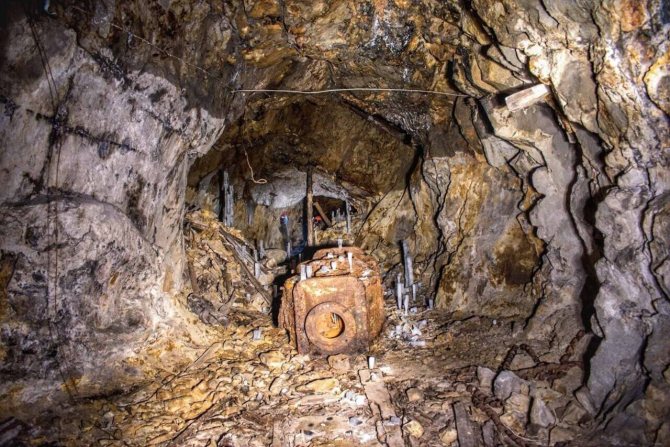
The mines are mothballed after their completion. The entrances to them are usually blown up, the trunks are filled up or cemented.

The mothballing of mines quite often leads to its flooding with groundwater , as the drainage system stops working.

The rocks that contain vein gold are very strong in structure.
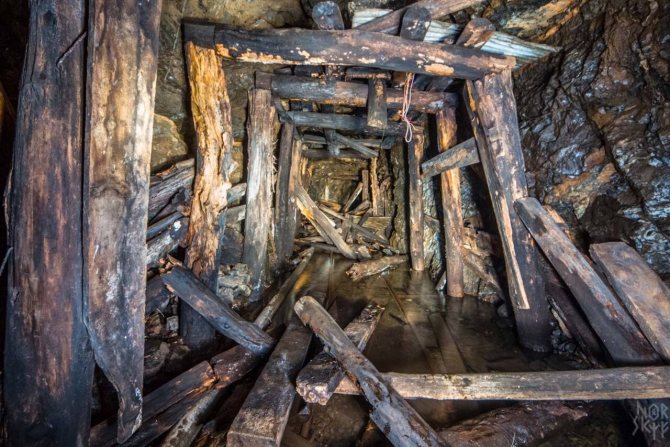
Therefore, in the case of gold mining, mines underground remain empty for hundreds of years until they eventually collapse on their own.
How much gold is there in Kazakhstan and where is it located?
Gold reserves in Kazakhstan are estimated at 2418.1 tons
.
According to this indicator, our country this year took 14th place
in the world.
Kazakhstan is also among the top 20 countries that mine and produce the largest amount of gold: last year we produced 85 tons . 85% of the country's total gold reserves are located in Eastern, Northern and Central Kazakhstan. There are currently 343 deposits on the state balance sheet.
233 of them have been transferred to subsoil user companies, but only 55 are actively producing gold, and exploration work is underway at the rest. Many large gold deposits are concentrated in the Akmola region. The richest of them, the Vasilkovsky mine, is developed by Altyntau Kokshetau (a subsidiary). Reserves of the Vasilkovskoye deposit are estimated at 360 tons
.
7 tons
are mined here per year.
Among the large deposits in the Akmola region, one can also name the Bestobe, Aksu and Zholymbet mines, which are developed by the MMC Kazakhaltyn enterprise, with a production volume of more than 3.2 tons , and the Southern and Northern Raygorodok deposits of the RG Gold company, which plans to reach production volumes of 1.4–1.5 tons (reserves - 185 tons of gold).
Eastern Kazakhstan leads in gold reserves. It is home to the second largest deposit in Kazakhstan, Bakyrchik, acquired in 2014 by the Russian company Polymetal. Gold reserves here amount to 280 tons . In addition, the region contains large and medium-sized deposits: Suzdalskoye, Bolshevik, Vasilievskoye, Mizek, Ridder-Sokolnoye and many others.
Promising, but not so large in volume, deposits are located in almost every region of the country: Akbakay, Beskempir, Aksakal, Duman-Shuak in the Zhambyl region; Yubileiny - in Aktobe; Pustynnoye, Kariernoye, Dolinnoye, Sayak-IV - in Karaganda; Komarovskoye, Varvarinskoye, Akkarginskoye - in Kostanayskaya; Dalabay in Almaty region.
Expensive mining: what is investing in gold worth?
Most of Kazakhstan's gold deposits cannot boast of a high content of the precious metal. On average, the gold content in them is about 2 grams
precious metal per ton of ore.
The highest concentration - 7.7 grams
of gold per tonne - is at the Bakyrchik deposit, but due to the presence of arsenic and carbon in the rock, local ores are highly refractory and difficult to extract metal from.
All these factors make gold mining in Kazakhstan a very expensive activity. According to the Committee of Geology and Subsoil Use, over the past 10 years, 1.4 trillion tenge
.
Exploration of promising deposits is also not cheap - 95 billion tenge over 10 years .
— To make gold mining more profitable, it is necessary to increase capacity, build processing factories and equip workshops, and these are additional investments. Most of the equipment used in gold mining and processing is piece units made in the USA, Europe, China, and Russia. These are huge bulldozers, excavators, graders, crushers, mills, presses. We do not produce anything like this and will not produce anything like this.
— Another difficulty is associated with the enrichment of ore and the extraction of metal from it. For example, our RG Gold deposit has easy-to-process ores, and it doesn’t take much effort to extract gold from them. At Vasilkovsky or Bakyrchik there are refractory ores with various impurities, and enterprises need to develop special technologies to open the metal.
The state and Kazakh gold mining companies welcome the entry of new international investors into this industry. 128 billion tenge in the development of the Kyzyl project (Bakyrchik deposit) in Eastern Kazakhstan.
.
What is more harmful for a person – working in a quarry or a mine?

Each gold mining method has its pros and cons. Factors harmful to human health when working in quarries: noise, local vibration, emissions of harmful substances from working equipment. But suspended dust particles formed in places of drilling, explosions, excavation and grinding of rock ore are no longer a problem, because this issue is dealt with in a long-known generally accepted way - constant irrigation of quarry and access roads, by spraying water with stationary installations and mobile sprinklers technology.
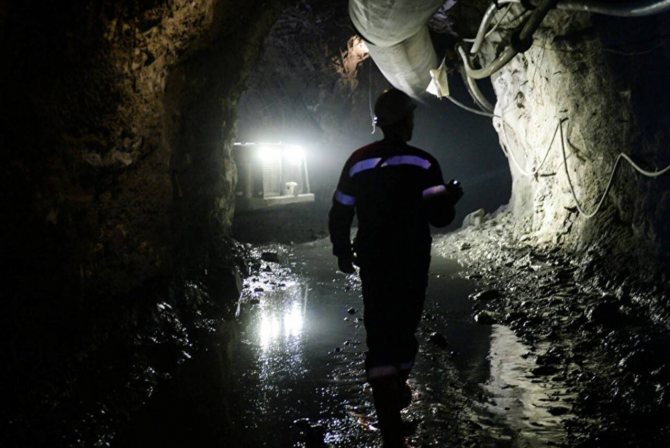
The miners' workplace is cramped, damp and dark. They have to work in extreme conditions. You also need to wield a drill to make holes for explosives. The heat underground reaches 60°C. At depth there is a constant danger of water breakthrough, gas explosions and rock falls.
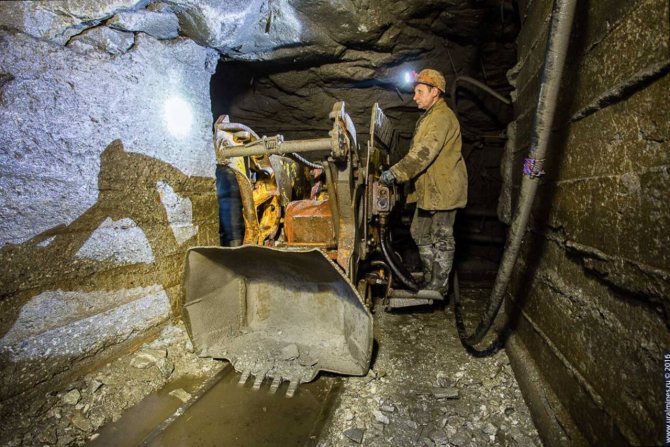
One of the problems of mines is groundwater. Despite the fact that water is constantly being pumped underground, you can only move in the mine in rubber boots. In addition, miners are susceptible to occupational chronic pulmonary diseases. From this we can conclude that the closed method of gold mining is more harmful.
Golden future: industry prospects
In the summer of 2021, the new code of the Republic of Kazakhstan “On subsoil and subsoil use” came into force. Representatives of the industry have high hopes for it and believe that the reforms will give a new impetus to the development of the gold mining industry. According to the new rules, the procedures for obtaining subsoil use rights were significantly simplified, the list of required documentation and the procedure for concluding contracts were reduced. Regulation and reporting in the extractive sector have also undergone major changes. The reporting of KAZRC subsoil users has switched to the Australian JORC system, which is recognized throughout the world. Experts believe that this helps attract large foreign investors to gold mining in our country.
Rock with gold content
The new code also legalized gold mining. Now gold in our country can be mined not only by large companies, but also by small artels - associations of gold miners. It is believed that this measure will help fight “black” miners and theft at gold mining enterprises.
— We still have many undiscovered mineral deposits and unexplored areas. Those studies of deposits that were carried out before the war and in the 50-60s of the last century are no longer relevant, since now the standards for industrial gold content are completely different. Back then, ore with 5 grams of metal per ton was considered uninteresting, but today even 1 gram per ton can be successfully mined.
It is necessary to carry out a large-scale revaluation of gold reserves, using modern methods of study and evaluation. As a result of geological exploration work carried out in 2015–2017, the increase in gold reserves in our country amounted to 120.9 tons. However, RG Gold accounted for 77 tons of these new reserves. We simply conducted a thorough exploration of our territory and re-evaluated the reserves. I think that gold mining in our country has great prospects.

